 Eagle Feathers #126 – The Mariners
Eagle Feathers #126 – The Mariners
By Bob (Monty) Doherty
At the outbreak of the American Revolution, Lieutenant Colonel John Glover already had twenty-one years under his belt as the commander of Marblehead’s militia. Late in the afternoon of the battle of Lexington, his militia narrowly missed a chance to intercept the retreating British column.
It was close. The English barely escaped through the shallow waters of Charlestown Neck, the site of today’s Schrafft’s City Center, when hundreds of Marblehead mariners and Salem militia surged over Winter Hill. These Minutemen were unique because they were all sailors and fishermen.
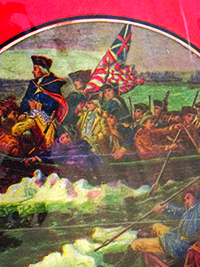
For the next year, they joined in the blockade of Boston on land and sea. The men were already disciplined in receiving and carrying out orders. They were drilled, well armed, and hardened by life on and near the ocean. Because of this, General Washington made some of them his personal bodyguards. They were America’s first amphibious regiment, known as Glovers Guard.
At the beginning of the Siege of Boston, Washington had to create a naval blockade. Because of Glover’s nautical experience, he was chosen to encircle the city from the sea. Colonel Glover enlisted aid from private donors by asking for the use of their ships to be armed for the cause. This became Washington’s Navy with the first ship being christened the Hannah, after Glover’s wife. It was the first vessel of the United States Navy.
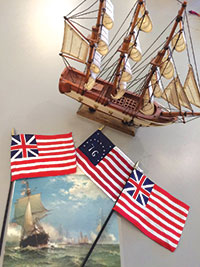
The most successful of Washington’s schooners, the Lee, was commanded by Captain Daniel Waters of Somerville and named after General Charles Lee, second in command of the newborn Colonial Army. His headquarters were at Winter Hill on today’s Sycamore Street. During the blockade, the Lee captured 27 enemy vessels.
After the Siege of Boston, the Americans moved south to protect New York and Long Island. General Glover and his troops saved 9,000 Continental soldiers and equipment during a rainy, nighttime evacuation. Later, during the New York campaign, his regiment held fast against five-to-one odds during a British attack.
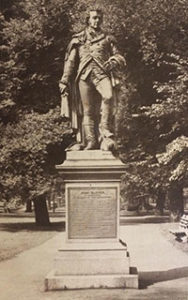
During the Christmas blizzard in 1776, Glover and his Marblehead mariners again proved their resilience and determination. They twice transported Washington’s Army with their horses, cannons, and gear across the Delaware River in the attack on Trenton, New Jersey.
The Marblehead Militia distinguished itself in the Battle of Saratoga, where 5,763 prisoners were taken. They were appointed to escort the captives to Massachusetts. Forty-two hundred of these prisoners were taken to Prospect and Winter Hills in Somerville where they would spend the next year.
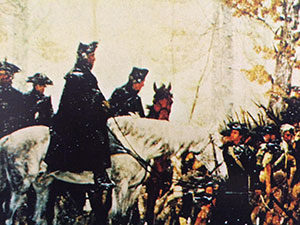
Glover’s Guard then spent the terrible winter of 1778 with Washington and his troops at Valley Forge. During the remainder of the war, his intrepid troops fought and carried out numerous amphibious operations.
The United States Navy named a modern ship after Glover, and his Marblehead home is a National Historic Landmark. The General Glover statue on Commonwealth Avenue in Boston honors him and his men for their accomplishments from the waters of Charlestown Neck to the waters of Yorktown, Virginia.
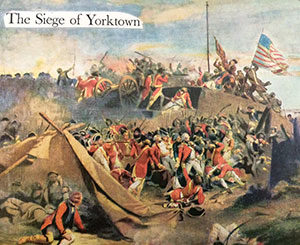
Part of Marblehead’s sacrifice was 448 widows and 968 orphans. Through the years, their militia was described as the Army regiment that gave birth to the United States Marines … the “soldiers of the sea.”
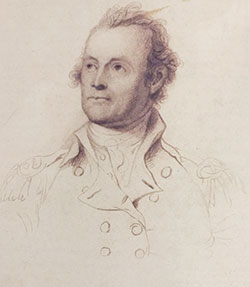















Reader Comments